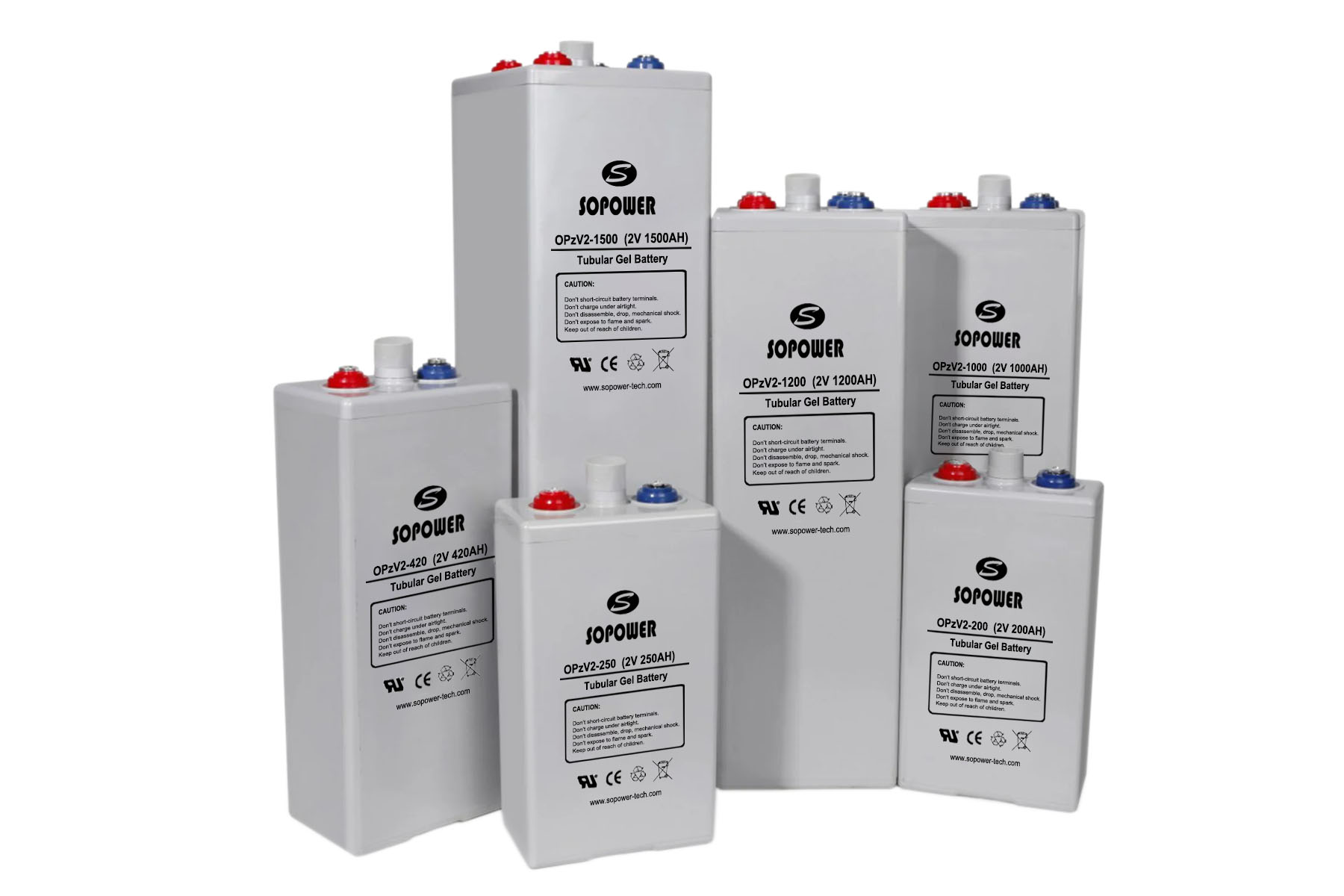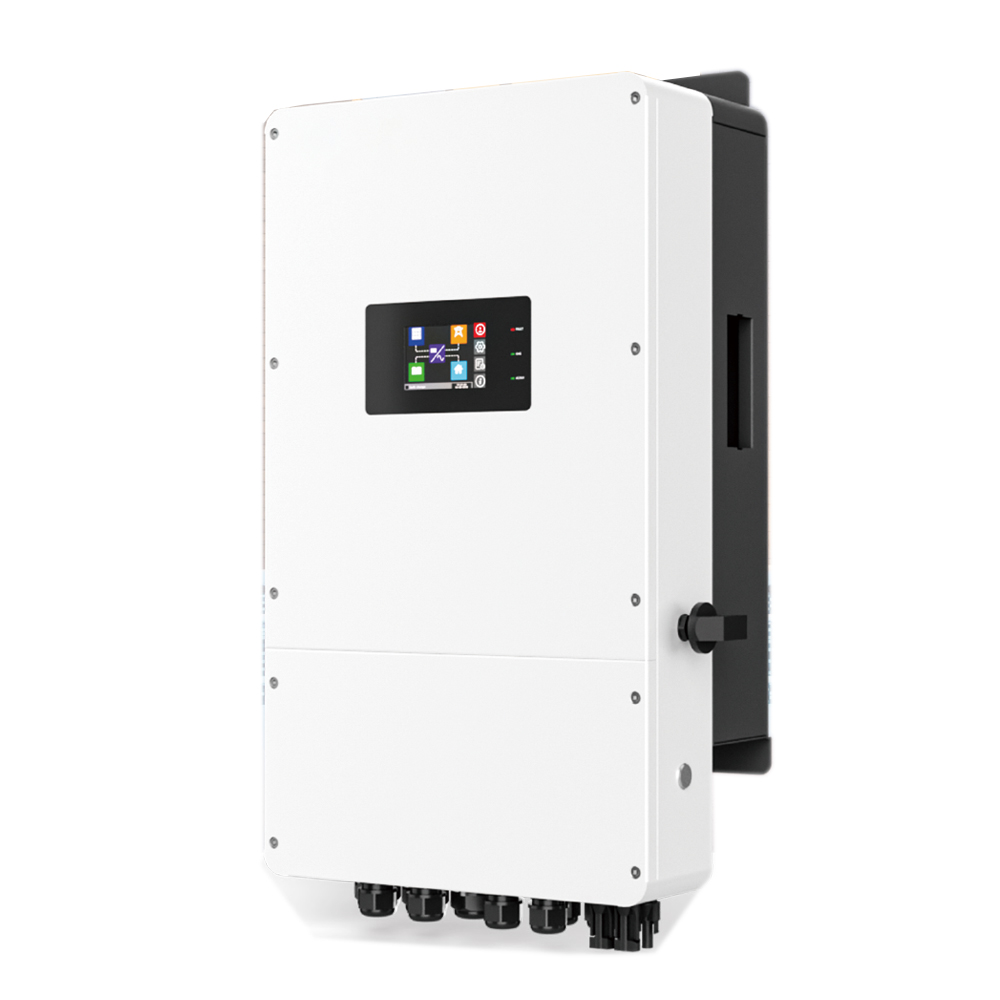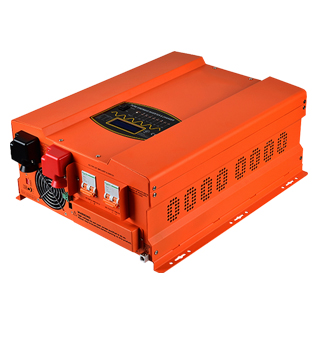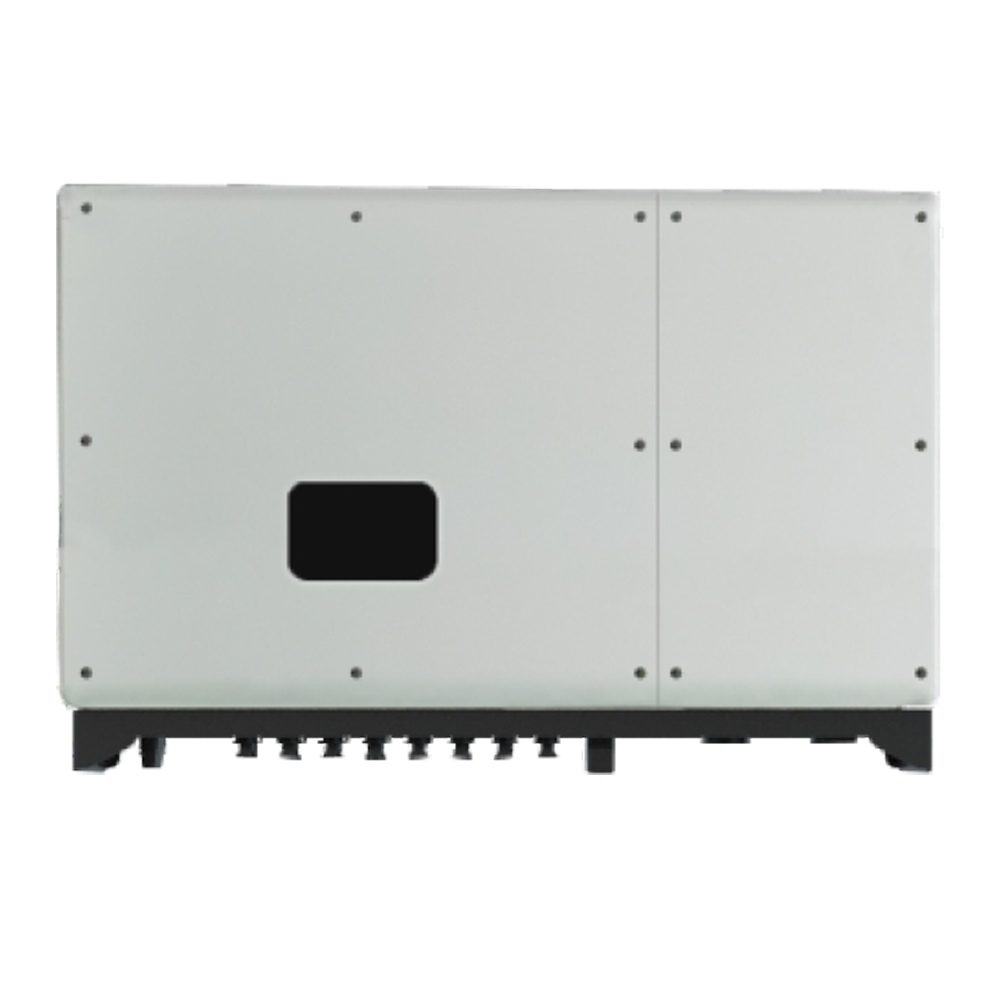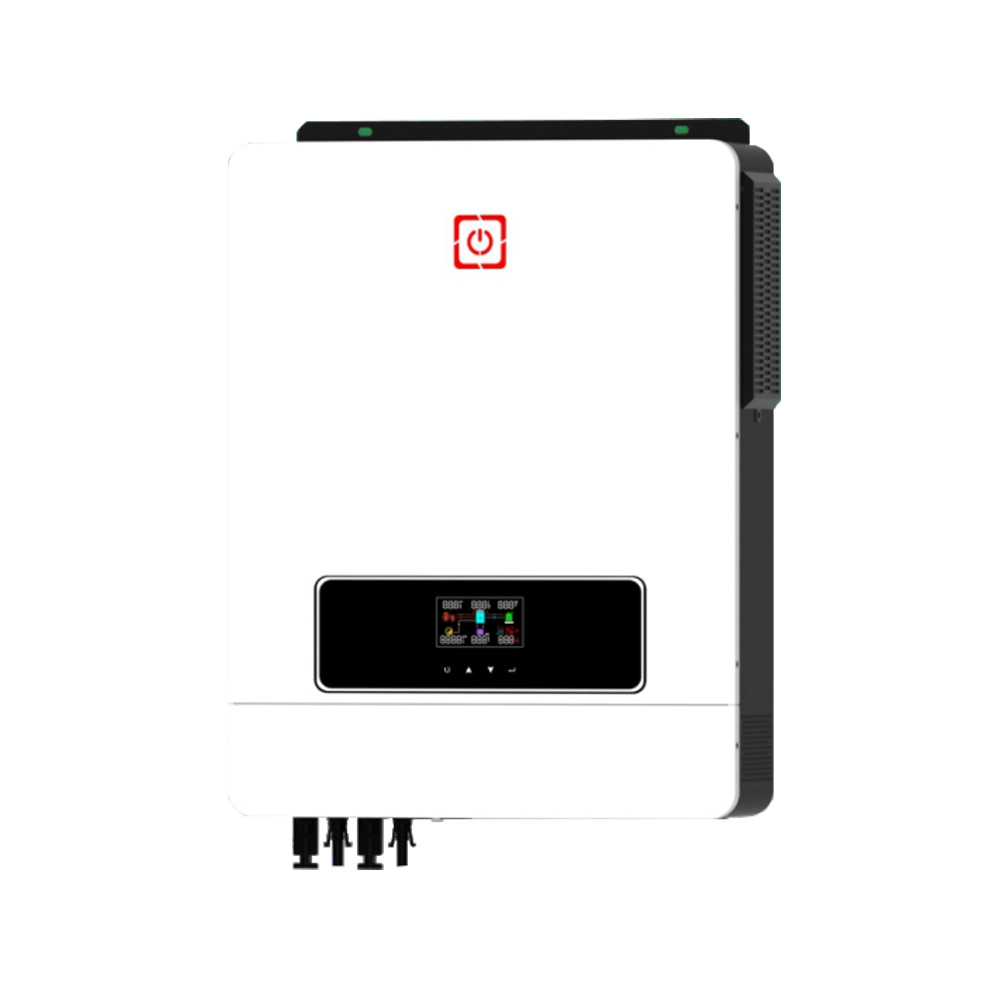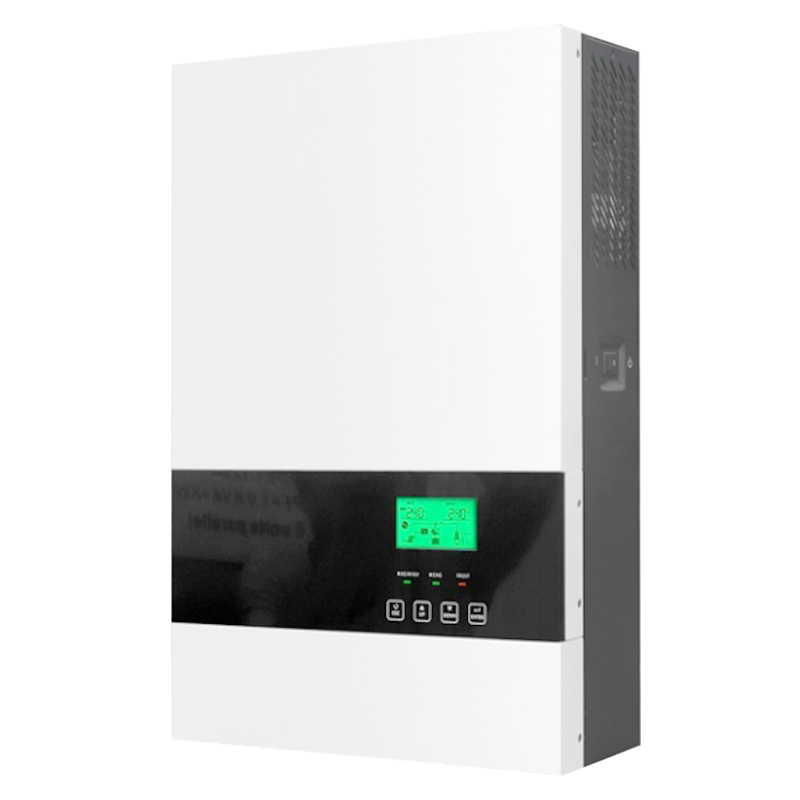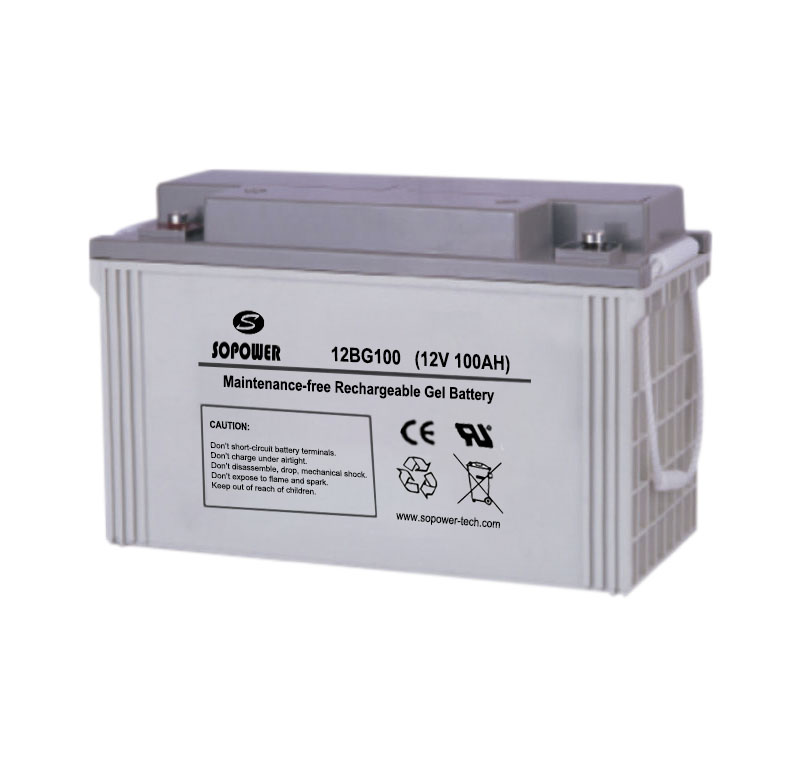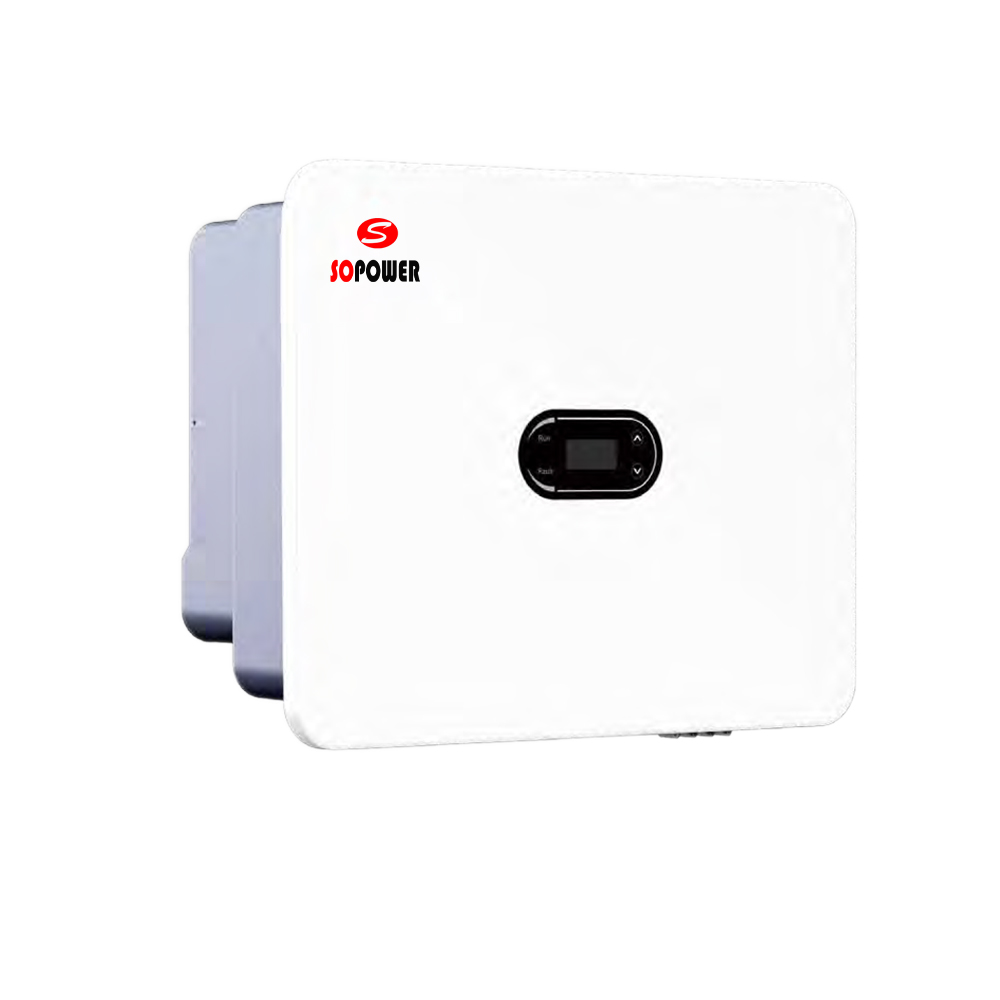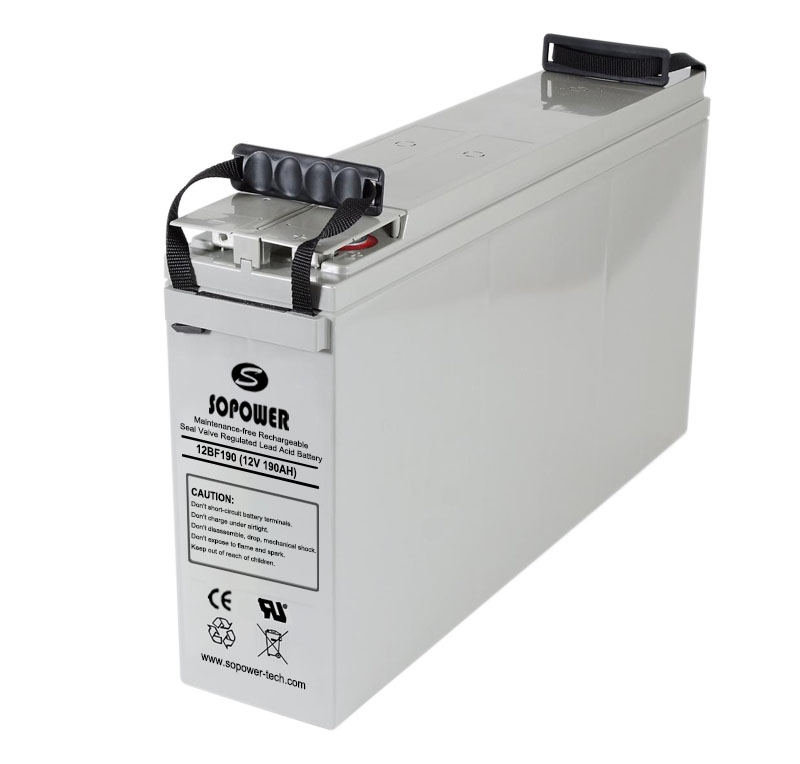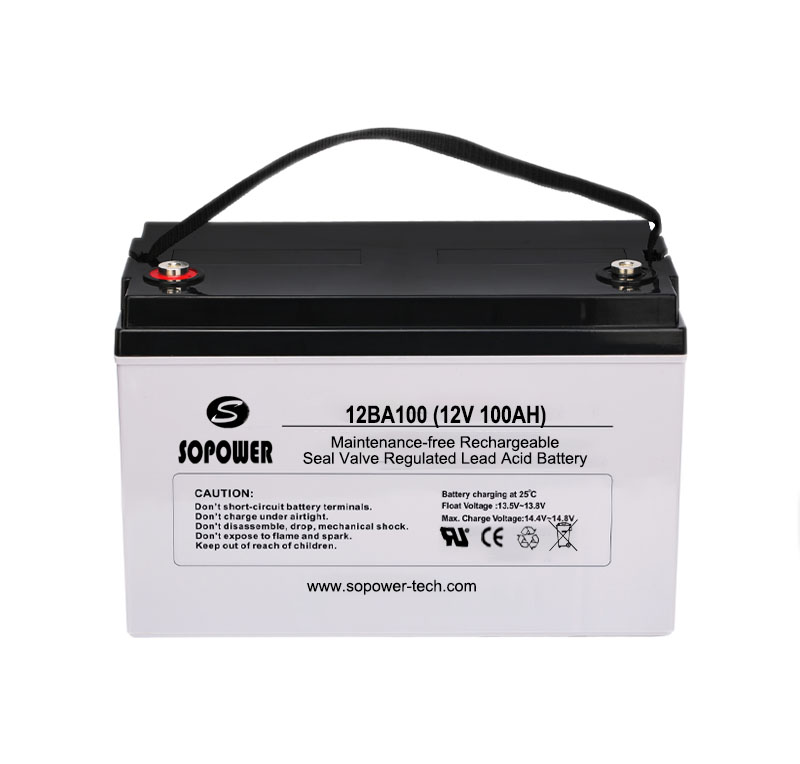What is MPPT?
An MPPT (maximum power point tracker) is an higher efficient electronic DC to DC converter that optimizes the match between the solar array (PV panels), and take the voltage output from solar panels and convert them to a more suitable voltage to charge a battery bank. The maximum power point (MPP) is the ideal point on an IV curve where current and voltage multiply to provide the maximum power that the given PV system can produce at a given moment. To put it simply, they convert a higher voltage DC output from solar panels (and a few wind generators) down to the lower voltage needed to charge batteries.
A solar charge controller is needed in virtually all solar power systems that use batteries. The job of the solar charge controller is to regulate the power going from the solar panels to the batteries. Overcharging batteries will at the least significantly reduce battery life and at worst damage the batteries to the point that they are unusable.
How MPPT works?
A PV module is a constant current type device. As shown on a typical PV module voltage vs. current curve, current remains relatively constant over a wide range of voltage. A typical 75 watt module is specified to deliver 4.45 amps @ 17 volts @ 25 C cell temperature. Conventional PV controllers essentially connect PV array directly to battery when battery is discharged. When a 75 watt module is connected directly to a battery charging at 12 volts, module still provides approximately the same current. But, because output voltage is now at 12 volts rather than 17 volts, module power production is artificially limited and 75W module only delivers 53 watts. This wastes 22 watts of available power.
Solar charger controller’s MPPT technology operates in a very different fashion. Under these conditions solar charger controller calculates the maximum power voltage (V) at which PV module delivers maximum power, in this case 17 volts. It then MPPT operates module 17 volts which extracts maximum available power from module. Solar charger controller continually recalculates the maximum power voltage as operating conditions change. Input power from the maximum power tracking controller, in this case 75 watts, feeds a switching type power converter which reduces the 17 volt input to battery voltage at output. The full 75 watts which is now being delivered at 12 volts would produce a current of 6.25 amps. A charge current increase of 1.8 amps or 40% is achieved by converting the 22 watts that would have been wasted into useable charge current. Note that this example assumes 100% efficiency to illustrate principal of operation. In actual operation, boost will be somewhat less.
Below is a PV I/V curve. If you look at the green line, you will see that it has a sharp peak at the upper right - that represents the maximum power point. What an MPPT controller does is "look" for that exact point, then does the voltage/current conversion to change it to exactly what the battery needs. In real life, that peak moves around continuously with changes in light conditions and weather.
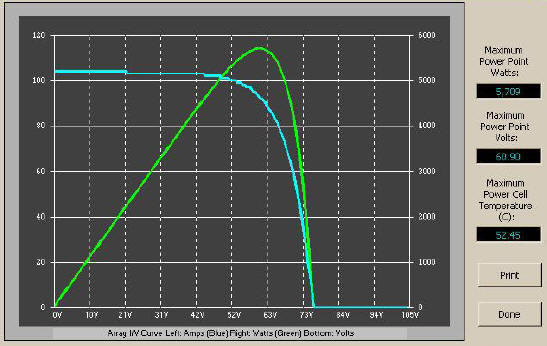
An MPPT tracks the maximum power point, which is going to be different from the STC (Standard Test Conditions) rating under almost all situations. Under very cold conditions a 120-watt panel is actually capable of putting over 130+ watts because the power output goes up as panel temperature goes down - but if you don't have some way of tracking that power point, you are going to lose it. On the other hand under very hot conditions, the power drops - you lose power as the temperature goes up. That is why you get less gain in summer.
MPPT's are most effective under these conditions:
Winter, and/or cloudy or hazy days - when the extra power is needed the most.
* Cold weather - solar panels work better at cold temperatures, but without an MPPT you are losing most of that. Cold weather is most likely in winter - the time when sun hours are low and you need the power to recharge batteries the most.
* Low battery charge - the lower the state of charge in your battery, the more current an MPPT puts into them - another time when the extra power is needed the most. You can have both of these conditions at the same time.
* Long wire runs - If you are charging a 12-volt battery, and your panels are 100 feet away, the voltage drop and power loss can be considerable unless you use very large wire. That can be very expensive. But if you have four 12 volt panels wired in series for 48 volts, the power loss is much less, and the controller will convert that high voltage to 12 volts at the battery. That also means that if you have a high voltage panel setup feeding the controller, you can use much smaller wire.

